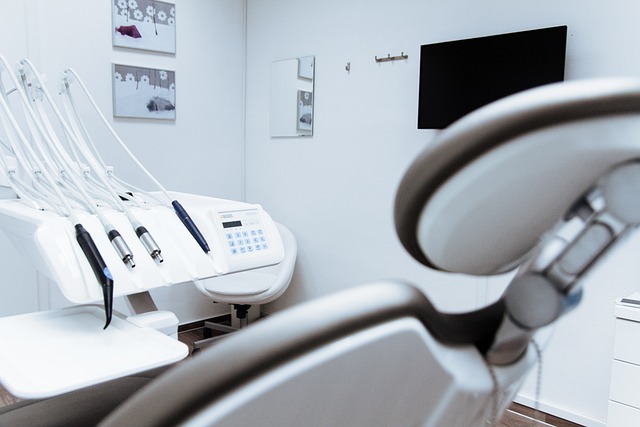Tooth Extraction Explained
During a tooth extraction, the tooth is completely removed from its socket. Most of the time, decay, disease, and trauma are to blame. And although you might find facing a tooth extraction intimidating and nerve-wracking, this is one of the more common dental procedures.
It doesn’t matter whether you’re going through wisdom teeth removal or other teeth extraction, experienced oral surgeons in Escondido will make you feel confident and at ease about the upcoming procedure. Nevertheless, take a look at our what-to-expect guide to prepare yourself ahead of time.
What is the process of getting a tooth removed?
Even though permanent teeth are supposed to last a lifetime, they may need to be extracted at some point. Here’s what to expect:
Step #1: Preparation
Apart from taking the necessary X-rays, it’s vital that your dentist thoroughly reviews your medical and dental history before removing a tooth. They will use this information to determine how to remove the tooth, and whether you need an oral surgeon.
To perform a simple extraction, your dentist will use a local anesthetic to numb the area around the tooth. In the case of a more complicated extraction, it may be necessary to administer intravenous anesthesia. To ensure your safety, make sure someone drives you home and stays with you after the procedure.
Step #2: Tooth Extraction Process
Extractions come in two types:
- A simple extraction involves removing a visible tooth from your mouth, and these are usually performed by a general dentist. An extraction involves numbing your tooth and gums before loosening it with an elevator and removing it with dental forceps.
- A surgical extraction involves removing a tooth from the mouth that has been broken off at the gum line or has not yet erupted. As part of surgical extraction, the oral surgeon makes a small incision in your gum and removes the tooth below.
Pain should disappear once the pain transmitters become numb. If you, however, experience any discomfort, let your dentist know right away. There is a possibility that an inadequate amount of anesthesia has been applied to your tooth.
Step #3: Filling the gap vacated by the tooth
Tooth extraction leaves an open socket. The dentist should follow these steps when closing the socket:
- First, infectious or pathologic tissue should be removed by scraping the socket walls. To bring back the socket’s original size, your dentist will compress it with his finger.
- The dentist will also smooth out any sharp edges of the bone and assess the socket for any sinus issues.
- Stop the bleeding in the socket with gauze.
- It’s important to stitch up the extraction site after surgical or multiple extractions.
Step #4: Postoperative care
Maintaining healthy dental hygiene after tooth extractions is crucial to avoid infection. As soon as the procedure is over, you might be asked to bite down on a small piece of dry, sterile gauze, keeping it in place for 30-45 minutes to limit bleeding, allowing the blood to clot. Also, you will receive detailed aftercare instructions, but during the next 24 hours, avoid smoking, don’t brush your teeth too hard, and avoid cleaning the area around the extraction site.
Consult the leading wisdom teeth removal office in Escondido & beyond
The essential history of tooth extraction shows us the importance of dental care. At Temecula Dental Oral Surgery, we’ll be happy to explain to you all the dental terms you need to know to make an informed decision regarding your dental treatment. Make an appointment and get comprehensive consultation from an expert in wisdom teeth removal.
After diagnosing the issue, Dr. Tsvetov can recommend the right wisdom tooth removal procedure, take care of any complications, and assist you during your recovery. Whether you need immediate wisdom teeth extraction in Escondido or a simple consultation, we’re here to help. Get in touch with us!
Comments are closed.


